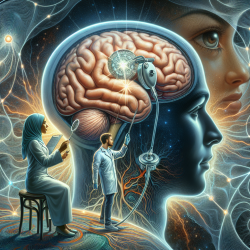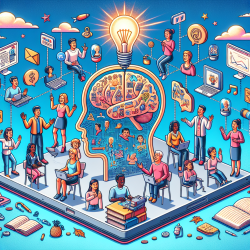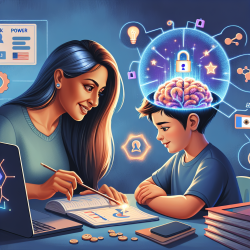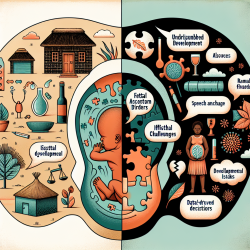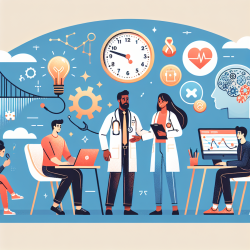Introduction to Deep Brain Stimulation for Depression
Depression affects over 300 million people globally and remains a leading cause of disability. Despite numerous treatment options, a significant portion of individuals suffer from treatment-resistant depression (TRD), failing to respond to conventional therapies. This highlights the urgent need for innovative solutions, such as deep brain stimulation (DBS), to provide relief for these patients.
The Study: Long-term Efficacy of DBS
A recent study published in the Journal of Neurology, Neurosurgery, and Psychiatry explored the long-term effects of DBS targeted at the ventral anterior limb of the internal capsule (vALIC) for patients with TRD. This research aimed to evaluate the efficacy and safety of DBS over a two-year period, providing critical insights for practitioners seeking to enhance their therapeutic approaches.
Key Findings and Implications
The study involved 25 patients, with 21 completing a one-year maintenance phase following an initial optimization period. The primary outcome was a response rate, defined as a 50% reduction in the Hamilton Depression Rating Scale (HAM-D-17) score. The results were promising:
- 44.4% of patients were classified as responders at the end of the maintenance phase.
- Subjective symptoms, measured by the Inventory of Depressive Symptomatology (IDS-SR), showed significant improvement.
- DBS was well-tolerated, with few serious adverse events reported.
These findings suggest that DBS offers a viable treatment option for patients with TRD, potentially providing stable and sustained relief from depressive symptoms.
Implementing DBS in Practice
For practitioners, integrating DBS into treatment plans for TRD could enhance patient outcomes. Here are some considerations:
- Patient Selection: Carefully assess patients to determine suitability for DBS, considering factors such as previous treatment responses and overall health.
- Monitoring and Support: Provide ongoing monitoring and support to manage any adverse events and optimize DBS settings for individual patients.
- Collaboration: Work closely with neurosurgeons and other specialists to ensure comprehensive care and address any surgical or technical concerns.
Encouraging Further Research
While the study demonstrates the potential of DBS, further research is essential to refine techniques, improve patient selection criteria, and enhance long-term outcomes. Practitioners are encouraged to stay informed about the latest advancements in DBS and consider participating in research initiatives to contribute to the growing body of evidence supporting this innovative treatment.
Conclusion
Deep brain stimulation represents a promising frontier in the treatment of TRD. By leveraging data-driven insights and fostering collaboration among healthcare professionals, we can enhance therapeutic strategies and improve the quality of life for individuals battling depression.
To read the original research paper, please follow this link: Long-term deep brain stimulation of the ventral anterior limb of the internal capsule for treatment-resistant depression.
